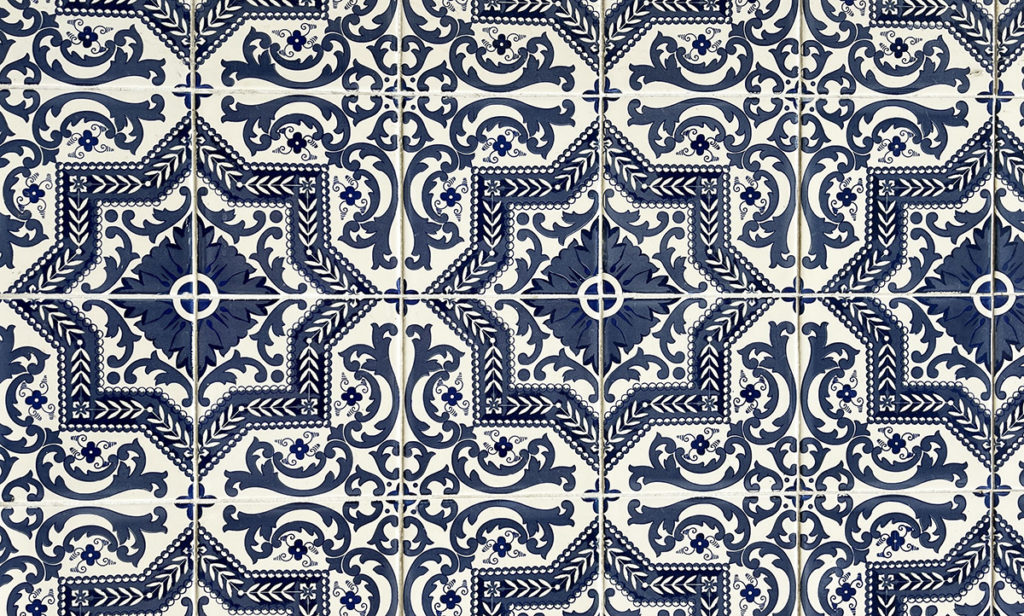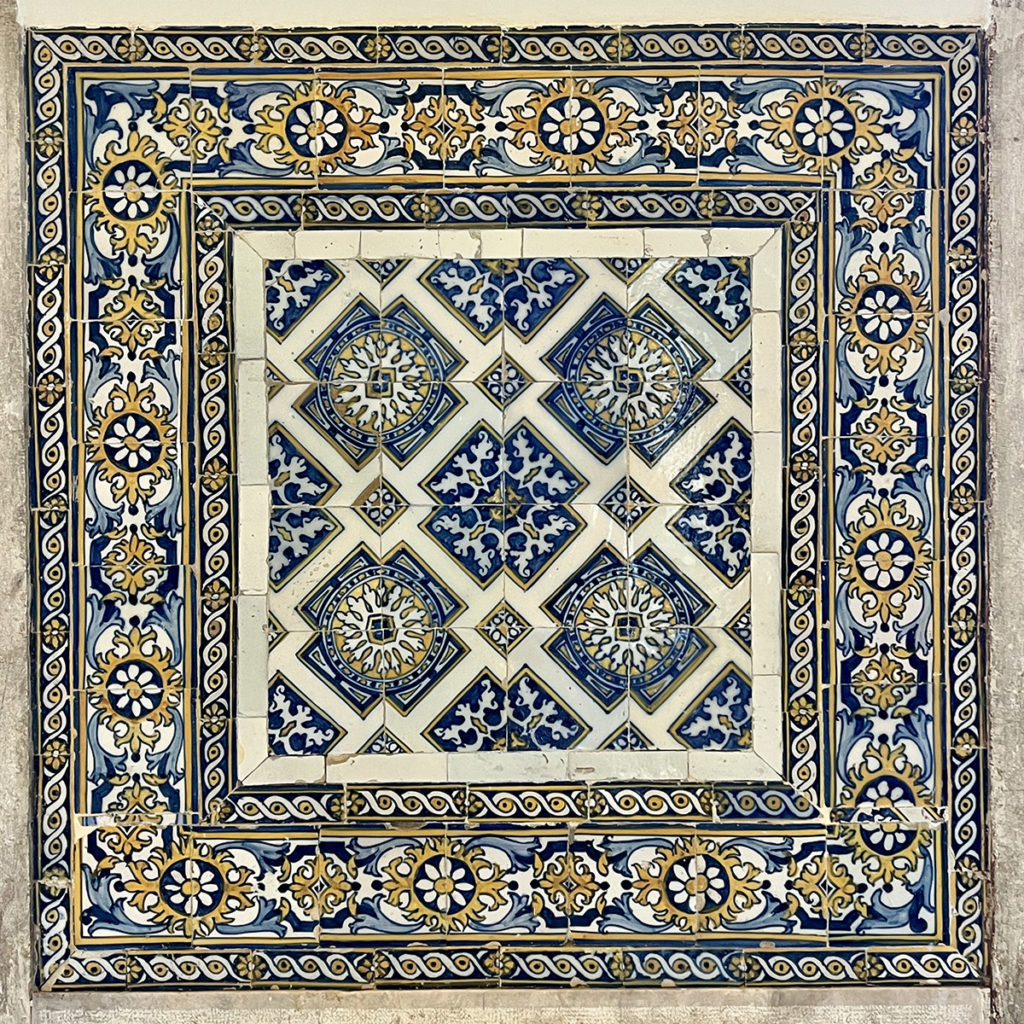Portuguese azulejos, the traditional ceramic tiles of Portugal, have long been admired for their exquisite beauty, vibrant colors, and historical significance. These stunning tiles can be found throughout the country, adorning buildings, churches, and even public spaces.
In this blog article, we will take a deep dive into the fascinating world of Portuguese azulejos, exploring their history, significance, and enduring allure.
- The Origins of Portuguese Azulejos: The story of Portuguese azulejos dates back to the 15th century when the Moors introduced the art of decorative tilework to the Iberian Peninsula. Initially, the tiles were inspired by Moorish geometric patterns. Over time, Portuguese artisans began to develop their own unique style, blending Islamic and European influences to create a distinctive aesthetic.

- Historical Significance: Portuguese azulejos played a pivotal role in the cultural and artistic expression of the country. They were used not only for decorative purposes but also as a means of storytelling. Azulejos often depicted historical events, religious scenes, and mythological tales, providing a visual narrative that reflected the nation’s rich heritage.

- Techniques and Production: The creation of Portuguese azulejos involves a meticulous process that has been passed down through generations. Artisans begin by shaping the clay and then hand-painting intricate designs using mineral-based pigments. These tiles are then fired in kilns to achieve their vibrant colors and durability. The traditional blue and white color scheme is particularly iconic, but modern variations have expanded the palette to include a wide range of hues.

- Architectural Integration: One of the remarkable aspects of Portuguese azulejos is their integration into architectural design. From grand palaces to humble homes, these tiles have adorned facades, walls, and interiors, transforming ordinary spaces into works of art. The intricate tilework adds depth, texture, and a sense of timeless beauty to the architectural landscape.

- Preservation and Revival: While Portuguese azulejos have faced challenges throughout history, including earthquakes and urban development, efforts have been made to preserve and restore this unique cultural heritage. Museums, such as the National Tile Museum in Lisbon, showcase the history and evolution of azulejos. Additionally, contemporary artists and designers are finding innovative ways to incorporate traditional tile motifs into modern settings, ensuring that the legacy of Portuguese azulejos continues to thrive.

- The Influence of Portuguese Azulejos: Portuguese azulejos have not only left an indelible mark on their home country but have also influenced other cultures and artistic traditions around the world. From Brazil to Macau, former Portuguese colonies have embraced the beauty of azulejos, integrating them into their own architectural styles and decorative arts.

Portuguese azulejos are a testament to the rich cultural heritage and artistic prowess of Portugal. These stunning ceramic tiles have captivated people for centuries, with their intricate designs and vibrant colors.
Whether you encounter them in grand palaces or quaint streets, Portuguese azulejos offer a visual feast and a glimpse into the nation’s captivating history. Their enduring beauty continues to inspire and enchant, ensuring that the legacy of azulejos remains alive for generations to come.
In this new coloring pages gallery, we will offer you coloring pages created from azulejos. Don’t hesitate to visit it !




 English
English French
French Italian
Italian Spanish
Spanish German
German Portuguese
Portuguese Chinese
Chinese Back to the Blog
Back to the Blog